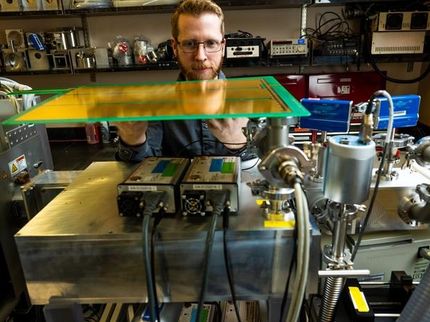Scientists in Spain develop new methods for monitoring drug abuse by analysing wastewater
Scientists at the Spanish Council for Scientific Research (CSIC) in Barcelona have developed a new method for monitoring the consumption of drugs of abuse in the general population. This method, which was developed using analytical laboratory technology from Applied Biosystems/MDS Analytical Technologies, can measure the levels of substances such as cocaine, amphetamines and cannabis in water from sewage treatment plants to estimate the amounts of various illegal drugs being consumed within specific regions of the country. The method provides a fully automated, faster and more specific way for estimating drug abuse than has previously been possible, and was published in the scientific journal analytical chemistry.
Traditional methods for estimating drug abuse in the population can be costly and inaccurate, relying on surveys and on social, medical, and criminal statistics. In contrast, this new method uses mass spectrometry to test water from sewage treatment plants and provide accurate, real-time data extremely quickly and without invading the privacy of members of the public. The method's increased speed and efficiency also reduces labour and administrative costs. The use of mass spectrometry-based methods to determine drugs of abuse in sewage and surface waters was developed a few years ago, and this latest development is the first fully automated technique for detecting and measuring multiple compounds simultaneously, offering improved analytical performance and reliability.
This enabled the CSIC scientists in Barcelona to investigate sewage water samples from regions of Barcelona and Valencia for the presence of 19 different compounds simultaneously. The compounds were from five different classes of drugs: cocaine and related substances, amphetamine-like drugs including ecstasy (MDMA), opiates including heroin and morphine, cannabinoids and LSD and related products. Eight of these compounds, including heroin and LSD products, had not previously been analysed in water samples.
The scientific team reported that cocainics were found in the highest quantities, followed by amphetamine-like compounds, opiates, cannabinoids, and LSD and metabolites. Samples from Barcelona showed higher levels of cocainics and morphine, and lower levels of cannabinoids, when compared with drug levels in samples from Valencia. The presence of morphine may be due at least in part to its use as a strong analgesic for medicinal purposes. The levels of cocainics and amphetamine-like compounds reported in this study were generally higher than those reported in previous studies.
See the theme worlds for related content
Topic World Mass Spectrometry
Mass spectrometry enables us to detect and identify molecules and reveal their structure. Whether in chemistry, biochemistry or forensics - mass spectrometry opens up unexpected insights into the composition of our world. Immerse yourself in the fascinating world of mass spectrometry!

Topic World Mass Spectrometry
Mass spectrometry enables us to detect and identify molecules and reveal their structure. Whether in chemistry, biochemistry or forensics - mass spectrometry opens up unexpected insights into the composition of our world. Immerse yourself in the fascinating world of mass spectrometry!






















































